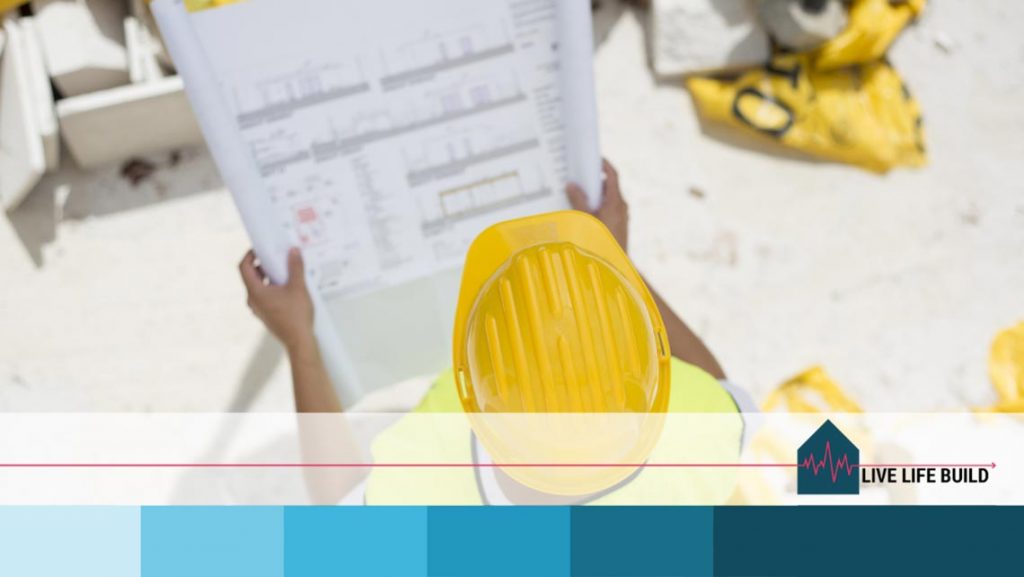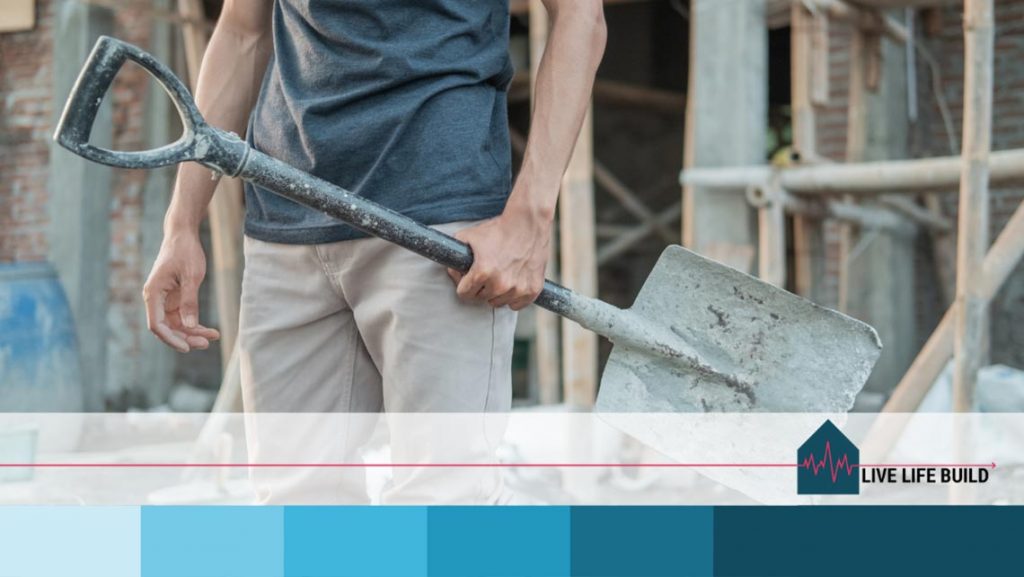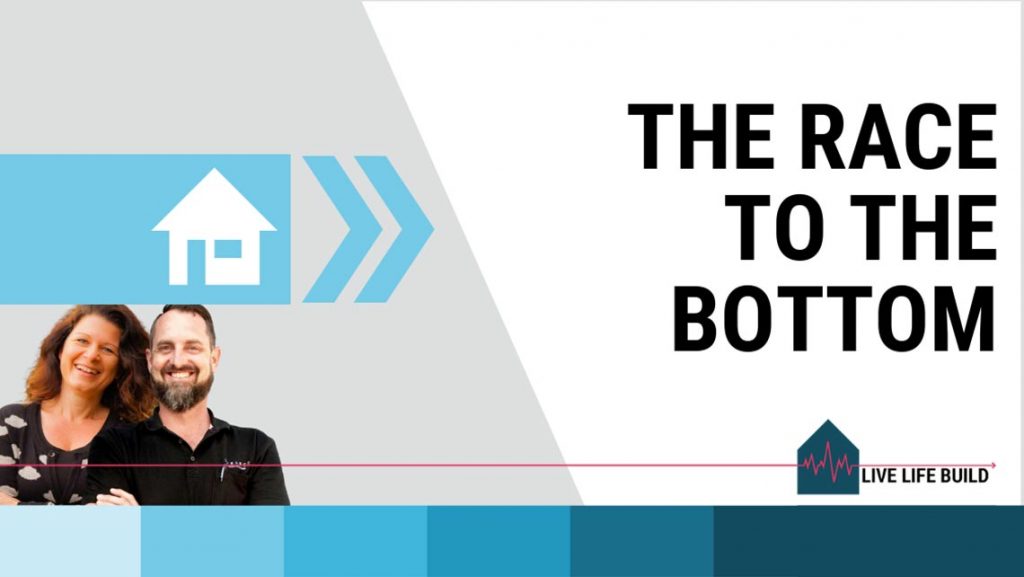Are you racing to the bottom with how you price your projects and run your building business?
For 80% of builders doing custom new builds and renovations, the answer is ‘yes’.
And if you’re like a lot of builders we know, you’ll have no idea about this when you price your projects.
You’ll mistakenly believe you’re busy because you’re in demand and running a great business.
Instead, you’re actively (and often unknowingly) participating in a race to the bottom.
So many builders are going out the back door quietly – either aware of it or not – whilst they struggle to price their projects appropriately, and keep competing on price.
They get sucked into the belief that other builders are doing so much better than them. They see builders managing to have time to post on social media, gathering a bunch of followers, creating deals with suppliers and brands.
And they keep trying to compete with these vanity metrics that really don’t tell the truth of a builder’s business.
Duayne experienced this himself. From the outside, it looked like he had an amazing business, and everyone was telling him so.
However, on the inside, he couldn’t understand why things were so stressful, so reactive, and he was constantly chipping away at his project prices to secure jobs.
Read more, as Duayne talks about the race to the bottom, and how to instead create a great building business that is in high demand AND profitable.
5. JUST BECAUSE YOU’RE BUSY DOESN’T MEAN YOU HAVE A GOOD BUSINESS
In fact, often it means that you don’t have a good business. There are only two reasons why building businesses are busy:
One is that you have built a solid reputation for delivering fantastic quality projects and referrals, because you have great systems and processes for everything.
You have clients, designers and architects lined up to work with you and you never have to be chasing work. No one questions your margins because your business speaks for itself. You have limited stress, every single project is successful, your clients become friends and you have freedom to enjoy your life.
Two is that you are too cheap.
You don’t have any real systems or processes and you just take on every project you can to keep the business going. Your cash flow is like a yo-yo, and you are constantly putting out fires. You have clients, designers, and architects telling you what you can charge, and you are always having to justify your margins. Your life feels like a roller coaster because you are stressed one day and happy the next. You have one successful project then two bad projects. Your clients are constantly questioning everything, and the business controls you.
Now we know most builders think they are busy for the first reason, but we know that 8 out of 10 builders are busy for the second reason.
Surprised? Well, don’t be. But if this IS you, then it’s ok. Because if you OWN IT and step up, you can transform your reason for being busy to the first one.
The biggest problem is that, as building business owners, you get busy because you are great at being a builder. But like I soon discovered, I didn’t understand the business side of things.
For years I had an incredible building business on face value, building some of Brisbane’s most awarded homes. We were winning huge industry awards, getting TV and magazine interviews, getting rewarded with overseas holidays from suppliers, constantly getting asked to business lunches and always having people telling me how well I was doing.
It took me years to understand that I was busy for the second reason.

4. WHO IS BEING REWARDED FOR RUNNING A BAD BUSINESS?
These days with everyone doing so much on social media, it’s harder than ever to avoid getting caught up in all the hype. Builders posting beautiful pictures of their work and using social media to get new clients is making it a powerful tool.
A big issue is that people are quite often engaging with the beautiful pictures and rewarding them by following them. The builders that do this well end up with thousands and thousands of followers. This is ultimately a great reflection on the photos but not necessarily of the business.
This then leads to builders being further rewarded through the industry by better deals on materials, sponsorships and other companies sharing their content. Again, the problem with this is, it is not a true reflection on how the actual building business is performing. It’s just all smoke and mirrors.
And because it’s so easy to follow other builders and see what they are doing, it is putting a lot of pressure on builders to try and keep up with the perfect “image”.
Without long term experience, knowledge and further business training, it can be very daunting for builders to understand what position their business is in when comparing themselves to others on social media.
If anything, social media has increased the slippery slope to the bottom in regards to pricing.
If builders hear that they are tendering against other builders that they follow on social media, they can quite often feel pressured to compete with them on price. Even though the builders that they are competing with are often not running a good business and are pricing the jobs incorrectly.
The best thing for all builders is to run your own race and not take any notice or try to keep up with other builders. A builder’s follower numbers are not a true reflection on the success of that builder’s business!

3. THINKING YOU ARE TOO EXPENSIVE
I struggled for a long time in my building business, as clients, designers and architects would be telling me that I was too expensive, even though my business at the time was going backwards.
The struggle was that I had no systems and processes and didn’t understand the value of my business.
These days, it’s a different story as I started implementing the PAC Process. Now, I truly understand what my time and business is worth.
For me, it was extremely hard as I would be involved in pricing and tendering projects over and over again, and constantly be told that I was too expensive.
What made it extra hard was that I was only making very small, if any, profits on the projects I was winning. And each new project I got to price, I was trying to increase my margins.
When you know your business is not doing well and needs to improve, but you are not winning work because people think you are too expensive can take its toll.
It was really making me question everything in my business, to the point that I thought I was doing everything wrong. Were things taking too long? Was my team not performing? Did the business have too many overheads? Were my suppliers not giving me good pricing?
All these things were going through my head. On top of this, I was earning less than what my carpenters were and my wife wasn’t getting paid for her time in the business either.
What was wrong?
The reality was, looking back now, the only thing that was happening was this: I was competing against other builders that were also in the same situation and also not running profitable businesses.
It got to a point that even though I knew I had to increase my pricing, I would drop $1,000 here, or $10,000 there, to win the project. And think that I could make it up throughout the job. This meant everyone (me included) were racing to the bottom to win the jobs and continue the cycle of the industry.
For me, this was a huge mindset challenge to overcome the cycle that the industry continues to run on.
It meant believing in myself and my team, and creating processes to sell my business’ service and quality – and not compete on price.
Don’t let people that know nothing about your business dictate what you charge.
Be confident in your pricing and sell your service.

2. NOT UNDERSTANDING THE COST OF RUNNING YOUR BUSINESS
As a builder, it can be quite hard to get your head around and understand all the financial side of your business.
Most builders are good at pricing all the labour and materials and hardware required to complete a project. But when it comes to working out the cost it takes to have your business, most builders just add on a profit margin that they hope covers this and leaves them a bit of money left as profit.
Depending on where you have come from to get your builders license, our industry tends to throw around percentage figures that are way lower than what a building business actually needs to survive on.
Even on some of the contracts that we use there are percentage margin figures talked about between the 10 – 20% total.
This means that if you are working on a percentage margin between these numbers, that margin figure must cover all of your business running costs and be enough for you to make a profit on.
So many builders just work on the standard percentages that are noted in their contracts instead of taking the time to actually work out what their businesses require.
Without going into too much detail, we know from working with hundreds of residential builders across Australia and New Zealand to run a small family building business you need a margin of between 14-18% just to cover your overheads and running costs.
This is one of the main reasons why builders can be stuck in a cycle of never having any cash flow and end up racing to the bottom on price.
They think by continuing to get new projects and building the turnover of the business that the profit will improve.
A profit margin is then required on top of your overhead margin for the business to be profitable.
For a building business to be sustainable, these two margins combined should be closer to 30%.
Once I understood this, I started to see a pattern in the projects that I was pricing. On the jobs I was told I was too expensive, it was always by roughly what my business running cost percentage was.
This taught me that the builders that I was competing against didn’t understand what it was taking to run their business.
This made me feel great as I knew my pricing was correct. And that when I focussed on selling my quality and service, the jobs that I won would be profitable.

1. TENDERING WILL NEVER WORK FOR A RESIDENTIAL BUILDER
The tendering process is a very old fashioned way of doing business. It tends to work well on large scale government and commercial projects but creates areas for disaster to happen on residential projects.
There are so many things that don’t get considered during a tender process. This often leads to the builder being selected being the one with the lowest price – whether there’s truth in that price or not.
What usually happens is then endless variations throughout the project, unhappy clients and sometimes projects not being completed.
The tendering process doesn’t benefit anybody. Builder, client or designer.
One of the things that never gets considered is the structure of the builders companies that are involved in the tendering process:
- Are the builders still on the tools themselves?
- Does the builder have supervisors?
- How big is the builder’s company?
- Does he have office staff?
- How will the contract be managed?
- What type of communication will be happening throughout the build?
On top of this, there is also:
- What type of quality work does the builder do?
- Has the builder allowed for everything in the specification or what has been discussed with the clients?
- Has the builder put realistic pricing on allowance items?
- Has the builder substituted materials for cheaper versions?
- How long has the builder been in business?
All the items above play a huge part in each builder’s running costs and these alone can vary in the overall costs as much as 2 – 8%.
We think that having a process like Live Life Build’s PAC Process is the best thing to happen to the building industry since the invention of the hammer!
The PAC Process takes the need for tendering away and makes the focus on the project being KING.
If you are a builder, that business relies on you being involved in tendering scenarios for all the projects that you do.
And so, you need to understand your worth and value your time more. Think about how much time and effort that you or your team put into sorting out problems, providing scopes of work, providing pricing and submitting tenders that no one values.
As a builder, your knowledge, experience and expertise is worth a lot of money, especially when you have systems and processes that deliver value to the entire project team.
(If you’d like to stop tendering today, then sign up for our PAC Challenge).
So, here’s our 5, 4, 3, 2, 1 to identify your ideal project.
5. Have you asked your team what their goals are?
4. How can you help and facilitate your team’s goals?
3. What are your goals as a team?
2. Holding people accountable.
1. Celebrate the wins and create a good work environment.
So, here’s our 5, 4, 3, 2, 1 of the race to the bottom that so many builders are participating in.
Live Life Build’s 6P Methodology unlocks the 6 ways to elevate your building business:
PERSONAL | PROJECTS | PEOPLE | PARTNERSHIPS | PROCESSES | PROFESSIONAL
Want to learn how to be a better business owner? Learn the systems, marketing tools, mindset and business skills you need in our group program and mastermind, ELEVATE. Learn more here.

